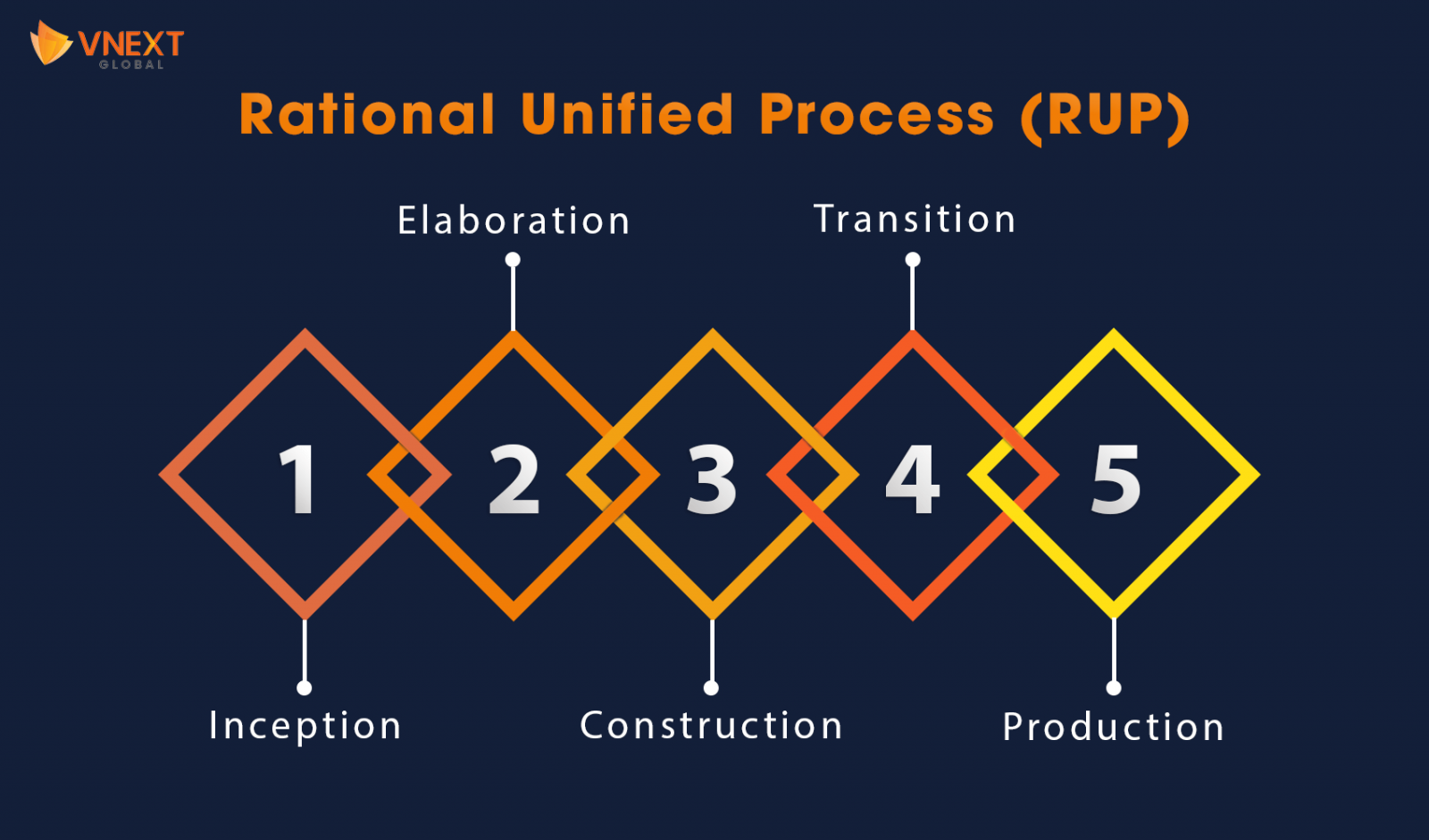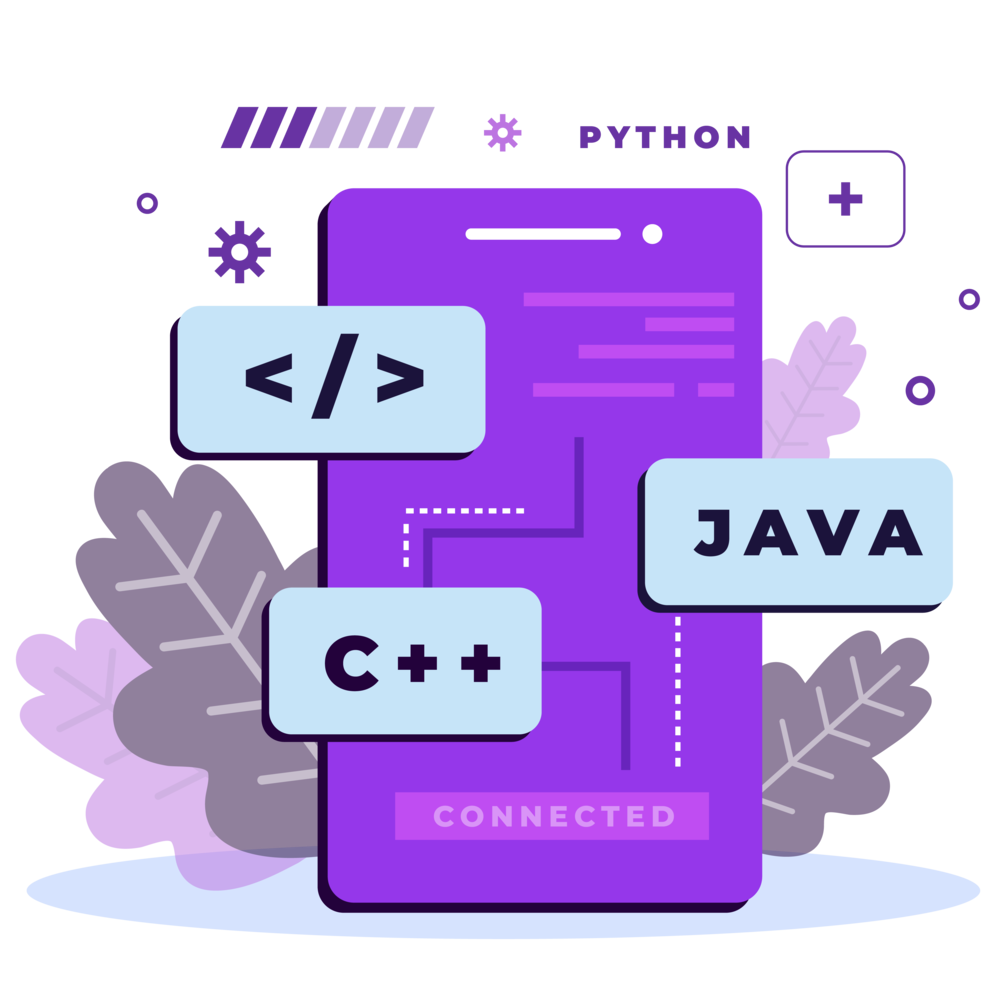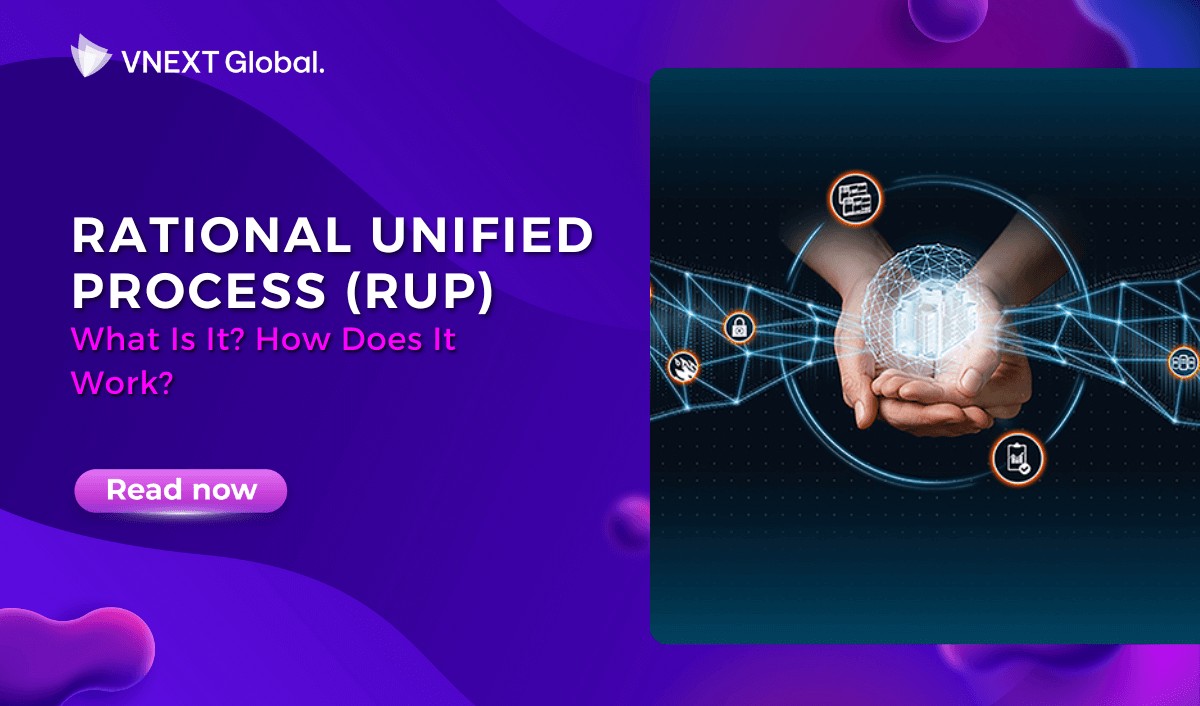Rational Unified Process, or RUP in short, is one of the 8 most popular software development models. In this article, under the viewpoint of an IT outsourcing company, we will help you have a clear look at RUP in software development.
The definition of Rational Unified Process (RUP)
Rational Unified Process can be called “RUP” for short. The RUP project life cycle contains 5 phases: inception, elaboration, construction, transition and production.
There are 6 key development disciplines at all phases: business modelling, requirements, analysis and design, implementation, testing, and deployment. Certain principles can be more important than others at different levels. Business modelling, for example, is generally done in the early stages of development, such as inception and elaboration.
The main focus of RUP
-
Each of the 5 stages has a specific goal that must be met before the team can go on to the next.
-
If necessary, each of the life cycle phases can be repeated until the major objectives are achieved.
-
RUP aims at providing high-quality software on a predictable budget and schedule.


Steps of RUP
1. Inception
-
Communication and planning are the main focus.
-
PM identifies scope of the project to estimate necessary budget and time.
-
Clients and PM identify and agree on requirements.
-
The outcomes are the project plan, goal, risks and description.
2. Elaboration
-
Planning and modelling are the main focus.
-
Everyone follows a detailed evaluation and a development plan to diminish the risks.
-
The team then revise or redefine business cases, models and risks.
-
The outcome is an executable architecture baseline.
3. Construction
-
Execution is the main focus.
-
Project is developed and completed.
-
Developers create system or source code.
-
Testers find and fix bugs.
-
The outcome is code.

4. Transition
-
Clients receive the final product.
-
The team transits the project from development into production.
-
PM update project documentation.
-
Beta testing is conducted.
-
The team modifies minor things in the project based on feedback.
5. Production
-
Clients, and even end users, give feedback.
-
The team consecutively maintains and updates the software.
Read more: 8 Software Development Models You Can Apply To IT Projects
Of course, there are other approaches used in project planning, such as Kanban or XP, and you can choose one based on your needs.
If you are looking for a trusted IT partner, VNEXT Global is the ideal choice. With 14+ years of experience, we surely can help you to optimize your business digitalization within a small budget and short time. Currently, we have 400+ IT consultants and developers in Mobile App, Web App, System, Blockchain Development and Testing Services. We have provided solutions to 600+ projects in several industries for clients worldwide. We are willing to become a companion on your way to success. Please tell us when is convenient for you to have an online meeting to discuss this further. Have a nice day!












